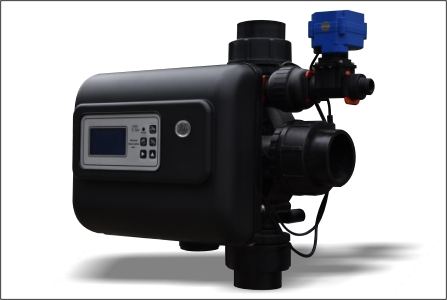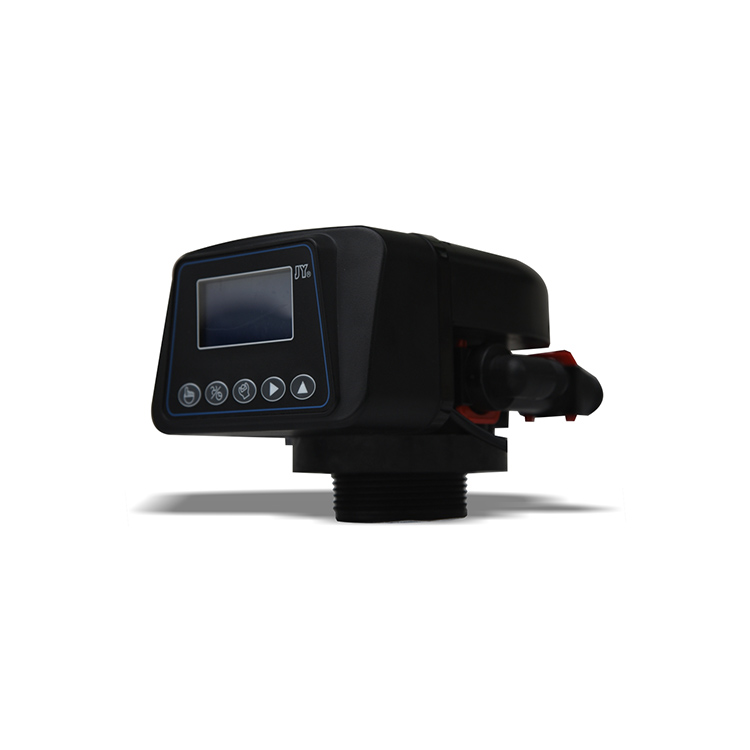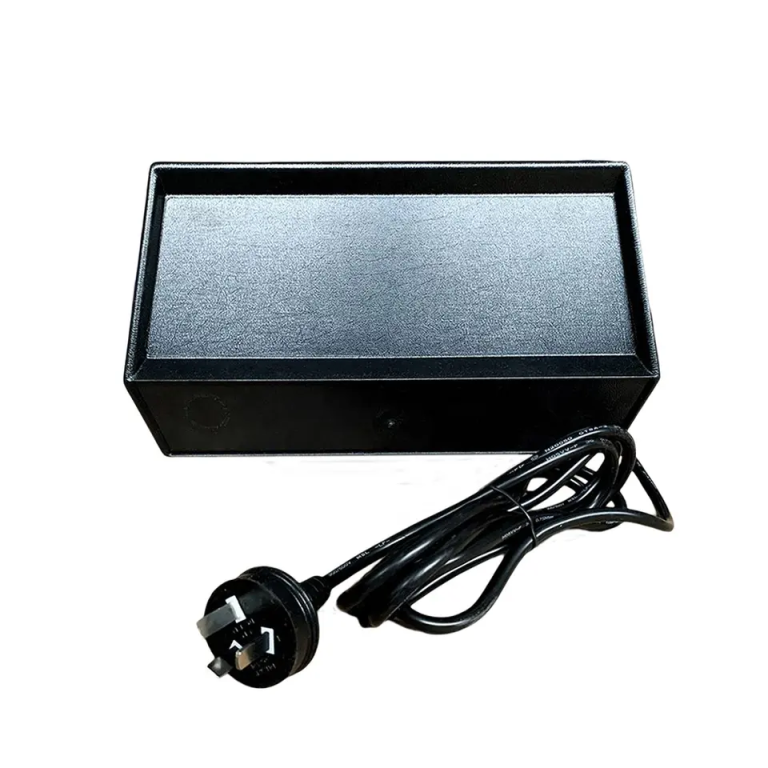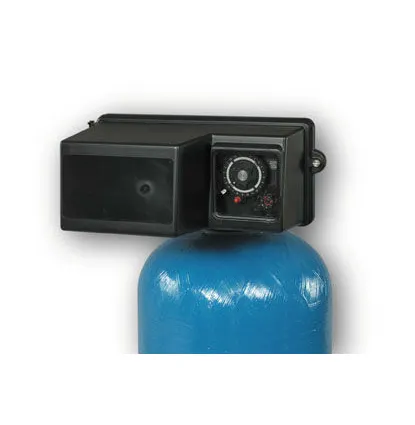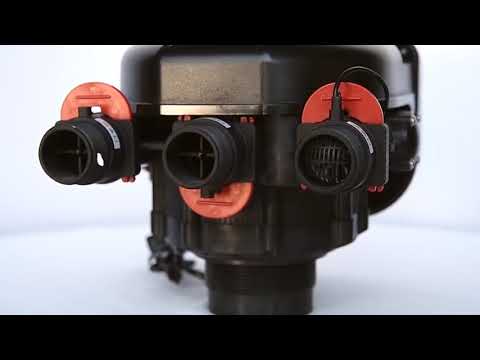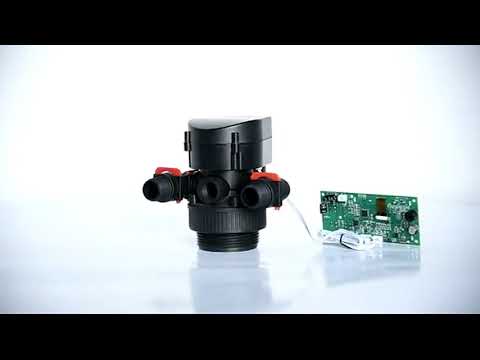How to Troubleshoot Common Issues with Your Pentair Chlorinator Valve
If you own a Pentair chlorinator valve, you know how important it is to keep it in good working condition to ensure your pool stays clean and safe for swimming. However, like any piece of equipment, chlorinator valves can experience issues from time to time. In this article, we will discuss some common problems that may arise with your Pentair chlorinator valve and provide troubleshooting tips to help you resolve them.
One of the most common issues pool owners face with their chlorinator valve is a leak. Leaks can occur for a variety of reasons, such as a loose connection or a damaged O-ring. If you notice water leaking from your chlorinator valve, the first step is to check all connections to ensure they are tight and secure. If the leak persists, you may need to replace the O-ring or other damaged parts.
Another common problem with Pentair chlorinator valves is a clogged or blocked flow. This can happen if debris or minerals build up inside the valve, restricting the flow of water. To troubleshoot this issue, you can try cleaning the valve with a mild detergent and a soft brush. If the flow is still restricted, you may need to disassemble the valve and remove any blockages manually.
In some cases, the chlorinator valve may not be dispensing enough chlorine into the pool water. This can be caused by a variety of factors, such as a low chlorine level in the chlorinator or a malfunctioning flow sensor. To troubleshoot this issue, you can start by checking the chlorine level in the chlorinator and adjusting it as needed. If the problem persists, you may need to replace the flow sensor or other faulty components.
If your Pentair chlorinator valve is not turning on or off properly, it could be due to a faulty timer or control panel. To troubleshoot this issue, you can start by checking the power source and ensuring it is connected properly. If the timer or control panel is malfunctioning, you may need to replace it with a new one.
Finally, if you are experiencing inconsistent chlorine levels in your pool water, it could be due to a faulty chlorinator valve. In this case, you may need to recalibrate the valve to ensure it is dispensing the correct amount of chlorine. If recalibration does not solve the issue, you may need to replace the valve altogether.
| Model | Central tube | Drain | Brine tank connector | Base | Maximum power | Pressure |
| 2850 | 1.9″(1.5″)O.D. | 1″NPTM | 3/8″ & 1/2″ | 4″-8UN | 72W | 2.1MPa |
| 2850 | 1.9″(1.5″)O.D. | 1″NPTM | 3/8″ & 1/2″ | 4″-8UN | 72W | 0.14-0.84MPa |
In conclusion, owning a Pentair chlorinator valve comes with its own set of challenges, but with the right troubleshooting tips, you can keep your valve in good working condition. By addressing common issues such as leaks, clogs, low chlorine levels, malfunctioning timers, and inconsistent chlorine levels, you can ensure your pool stays clean and safe for swimming. Remember to always follow the manufacturer’s instructions and seek professional help if needed.
